Cold Chain Logistics: Management Challenges & Solutions
The supply chain is a term used to describe all the components required to transport goods from beginning to end, from production to the end...
11 min read
 BUKU Marketing
:
Dec 21, 2022 1:00:00 PM
BUKU Marketing
:
Dec 21, 2022 1:00:00 PM
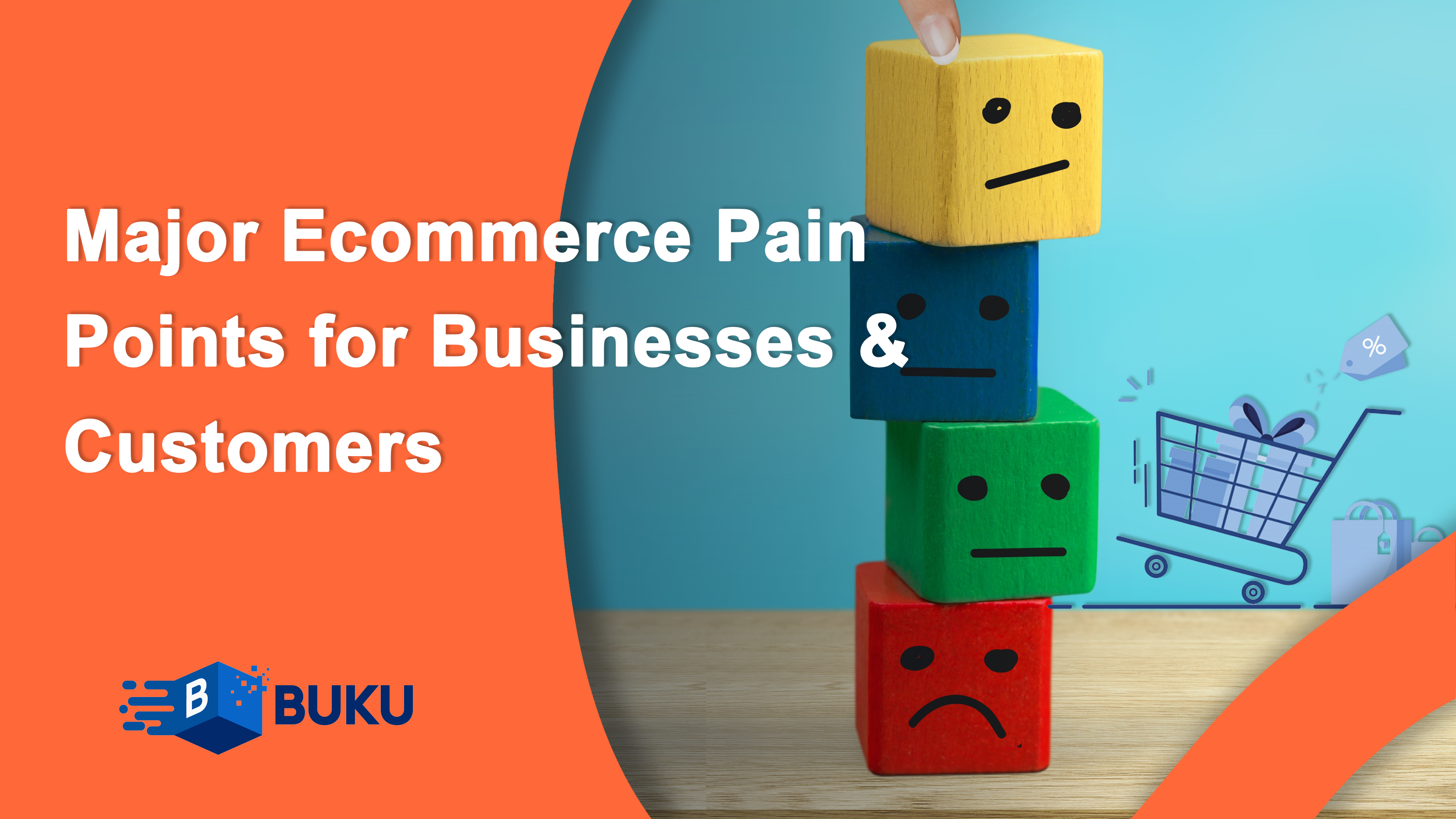
One of the most important things online retailers must be constantly focused on building is their long-term success and not just short-term gratification, which means constantly coming across certain eCommerce pain points
Table of Contents
1. What Are Common Ecommerce Pain Points?
2. Allowing Only One Payment Method
3. A Long & Tedious Product Checkout Process
4. Lack Of Personal Customer Service
5. The Page Loading Speed Is Too Slow
6. Not Conveying Trust & Security
7. Lack Of High-quality Descriptions & Images
8. Lack Of Engagement With Customers
9. Having A Long Difficult Return Process
10. Final Thoughts On Ecommerce Pain Points
Even though the eCommerce market has shown steady growth over the years, growing over 14% last year even after subsiding from record-high revenues during the pandemic, the truth is that many online retailers are leaving consumers unhappy with their buying journey.
The average conversion rate for eCommerce stores is somewhere between 2% and 10% of shoppers, and only one out of every ten online retailers will hit that top level. If you want to increase the number of successful sales and get more customers to come back around for a second or third purchase, you will need to identify those things that are standing in their way.
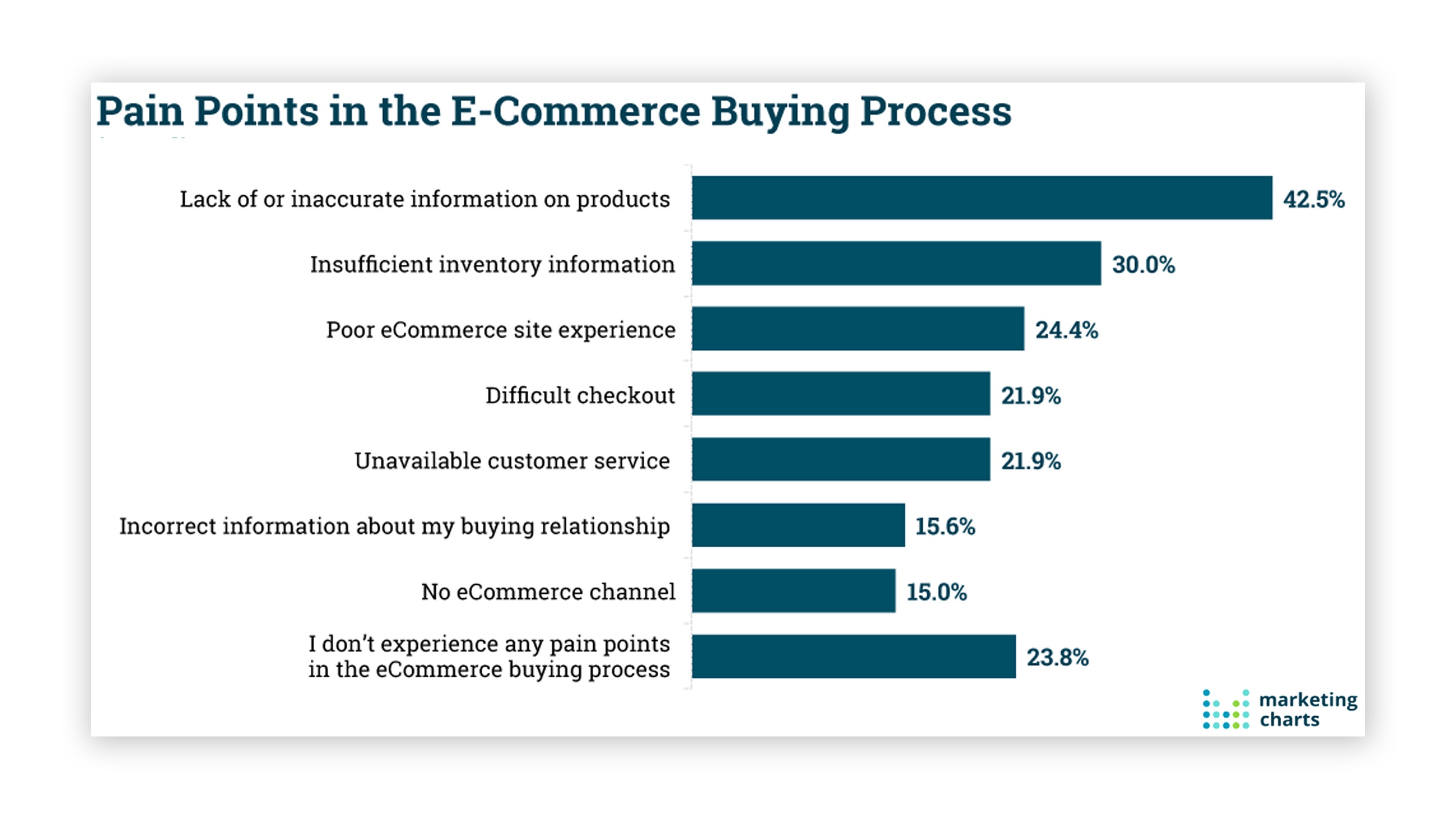
Pain points in business could be anything that causes doubt, uncertainty, or frustration during a customer’s buying journey.
Here are some of the most common eCommerce pain points for customers are:
It may seem like a lengthy list of items, but the truth is that customers expect each step of their buying process to be smooth, optimized, and stress-free.
The online retail world is extremely competitive. This article covers the 8 most common eCommerce pain points and explains what you can do as an online retailer to fix those problems that might be driving shoppers away from purchasing your products.
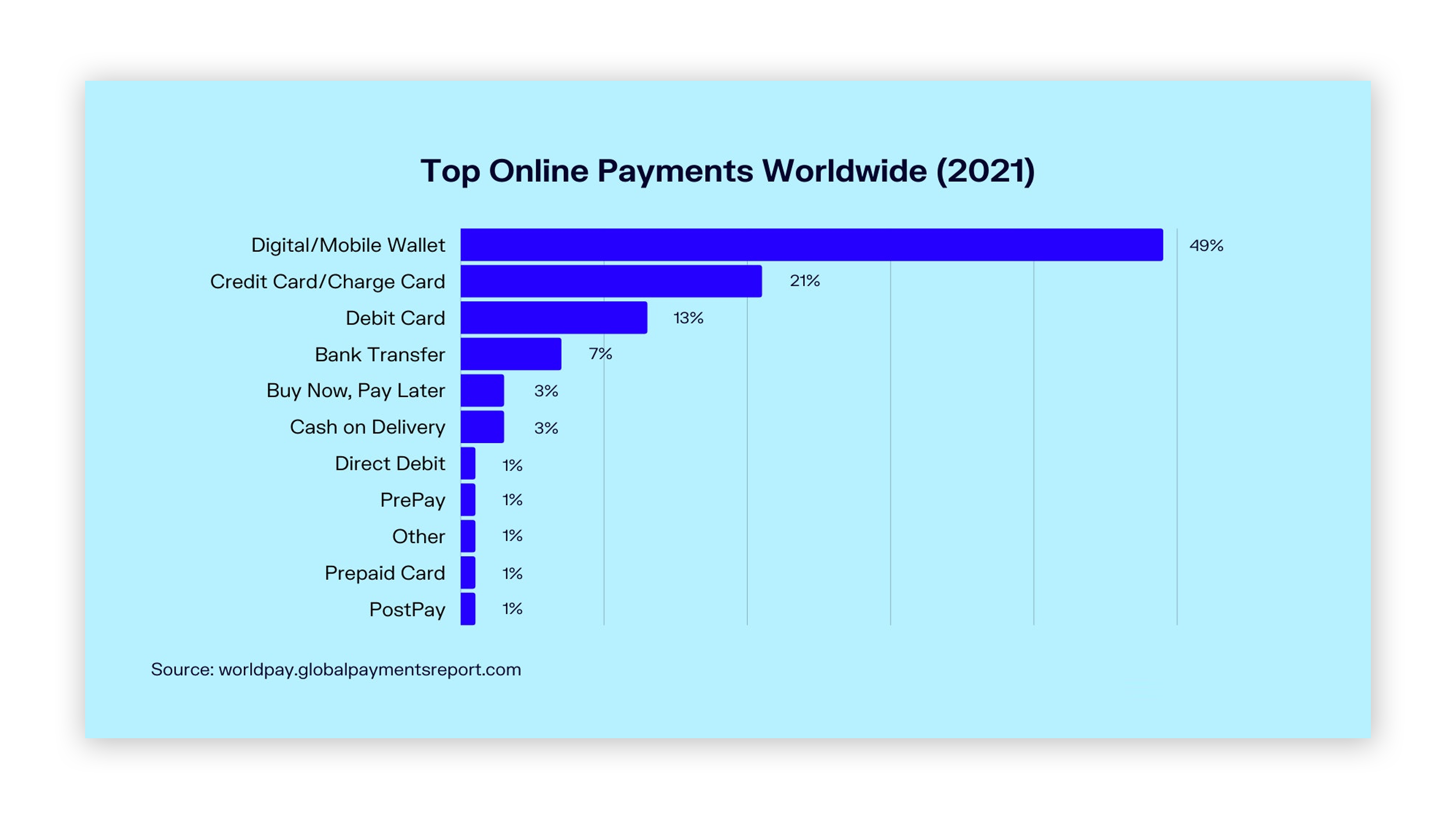
Most customers have one or two payment methods that they prefer the most. If your eCommerce store doesn’t offer the payment choice a customer wants to use, there is a good chance they won’t follow through with their purchase, no matter how great your products are.
A lack of payment methods is a huge pain point for your online customers.
Research shows that 42% of U.S. shoppers won’t complete a purchase if their preferred payment method is not available. Add to that 85% of online retailers who claim that poor payment experiences are one of the biggest reasons they lose sales, it’s not difficult to see that allowing multiple payment options is the smartest choice for your business,
Today’s digital buyers aren’t just paying with just credit and debit cards anymore.
Some of the most popular payment methods are:
Offering multiple payment options also safeguards your business in the event one payment provider experiences a service outage.
If you’re relying on one major payment system and that system goes down, you will be left without the ability to process any sales at all until the problem is fixed.

Another eCommerce pain point that will add to your cart abandonment rate is a lengthy and time-consuming checkout process.
When customers are bombarded by too many questions or requirements just to make a purchase, many of them will simply decide that shopping at your website is just not worth the trouble.
A certain way to lose out on sales is to require shoppers to sign up for an account before allowing them to finalize a purchase. Research shows that 34% of consumers will abandon a purchase if they are forced to create an account right off the bat.
A better solution is to offer them the option of checking out using a “guest” profile. That way, you can get a sale first and then solicit them to sign up for a full account later. Offering an incentive like, free shipping or loyalty reward points, can incentivize customers to follow through with signing up for an account. Using this tactic will increase your sales along with your customer satisfaction rate.
You can offer the opportunity to sign up for an account directly from the "thank you" page that displays after a successful purchase or through a follow-up email. Remind customers that they can get the added benefit of faster checkout experiences in the future by allowing them to offer their information just once, which will automatically fill in the details for them next time.

Online shopping is a very impersonal transaction in many cases.
The shopper is often left to their own devices, and without an easily accessible customer service channel, they may get frustrated and simply walk away.
Brick-and-mortar stores get the benefit of being able to offer customer service in person. A major eCommerce pain point is that online stores often overlook how they could offer a similar experience for their customers in the digital space.
Having a dedicated customer support channel in place can make the difference between a successful sale and an abandoned cart.
Here are some of our best tips for how eCommerce stores can improve the customer experience through dedicated customer service channels:
Offer Live Chat – A live chat option for customers is the best way to deal with customer service issues. It immediately gives shoppers answers to their questions and provides the best likelihood for a positive outcome when customers support issues arise.
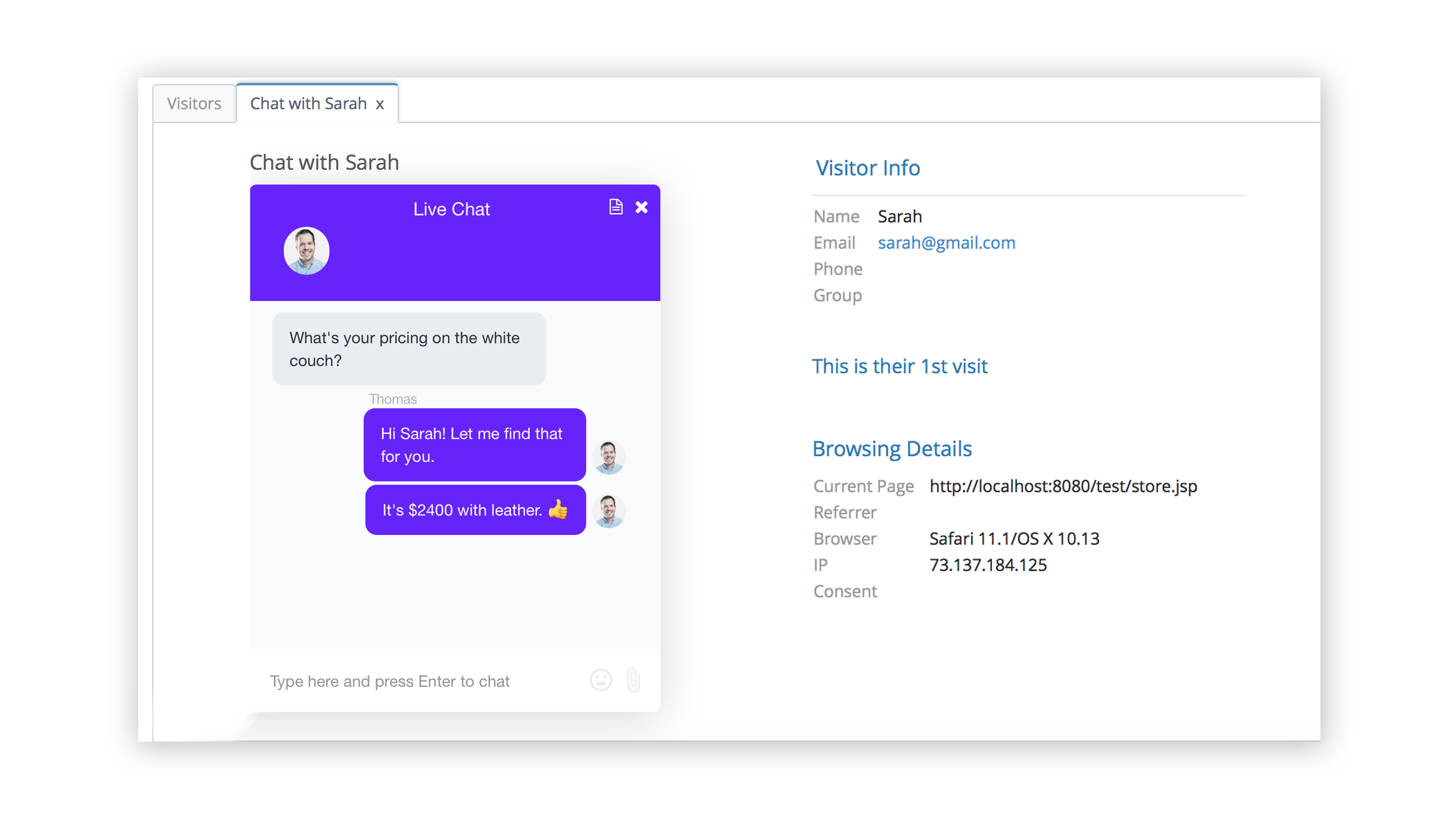
The problem with live chat is that it requires 24/7 monitoring. You can take advantage of live-chat programs that include some level of automation, like chatbots, to help customers in a self-service capacity. A chatbot can direct them to the right place to find the answers to commonly asked questions on their own.
Be Omnichannel – Customers will appreciate the ability to reach out through several different platforms. Even social media provides a way for customers to get in touch with you with questions or concerns, and you may find those loyal followers will answer common questions for you.
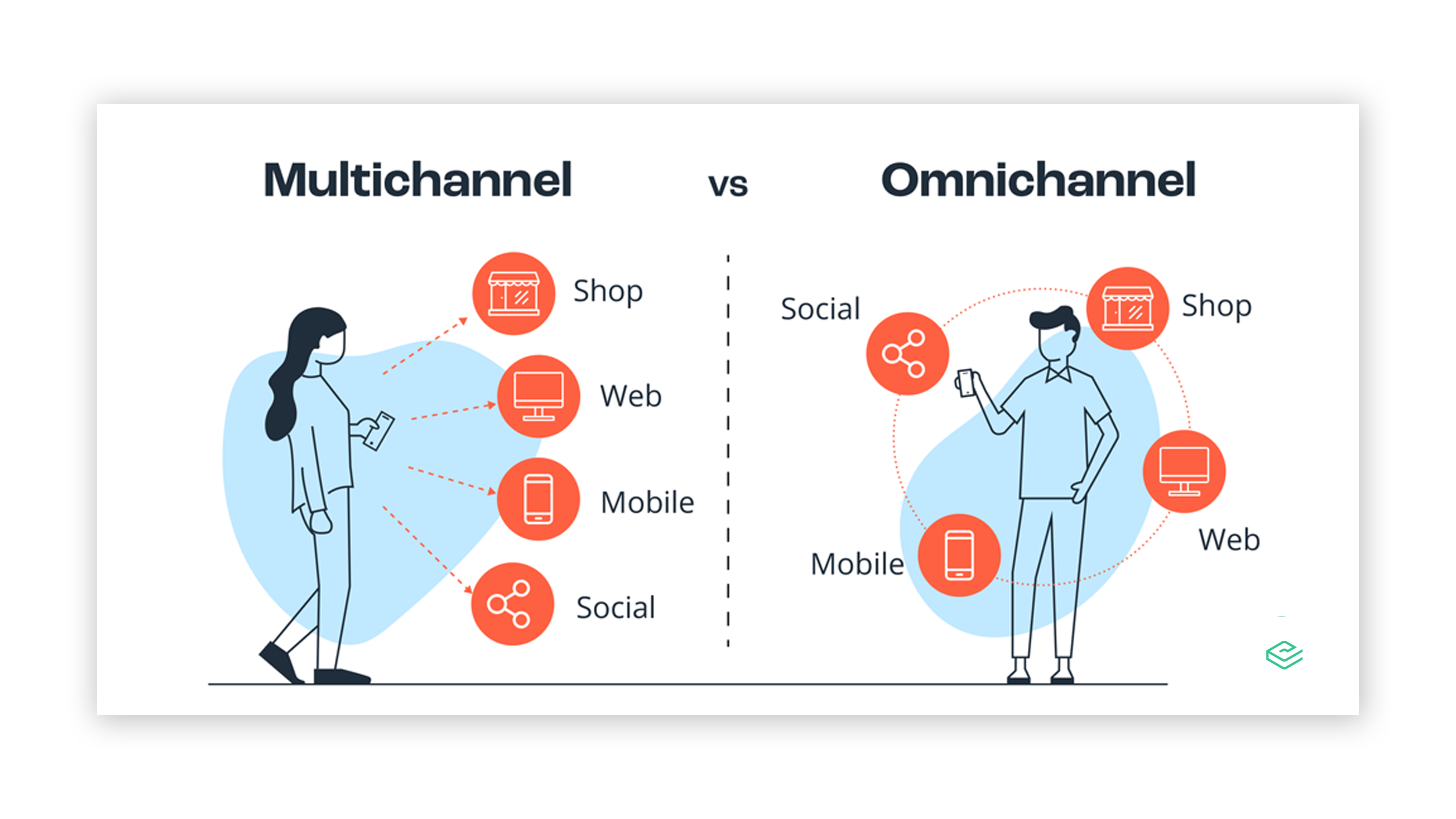
Just be sure to provide a consistent experience across every platform so that customers are satisfied no matter how they get in contact.
Be Available – 82% of customers say that a quick resolution to their problems is the number one determiner of great customer service. Whether it’s through a live chat option or an email contact form, make sure that customers get a timely response. It can help to communicate how long customers should expect to wait ahead of time, so they're not left hanging in the wind.
Update Customer Service Channels – With the wide variety of tools and solutions available to online retailers nowadays, it's important to make sure that you are using the most up-to-date methods to solve customer support issues. Don't rely on outdated systems if there is a better option available.
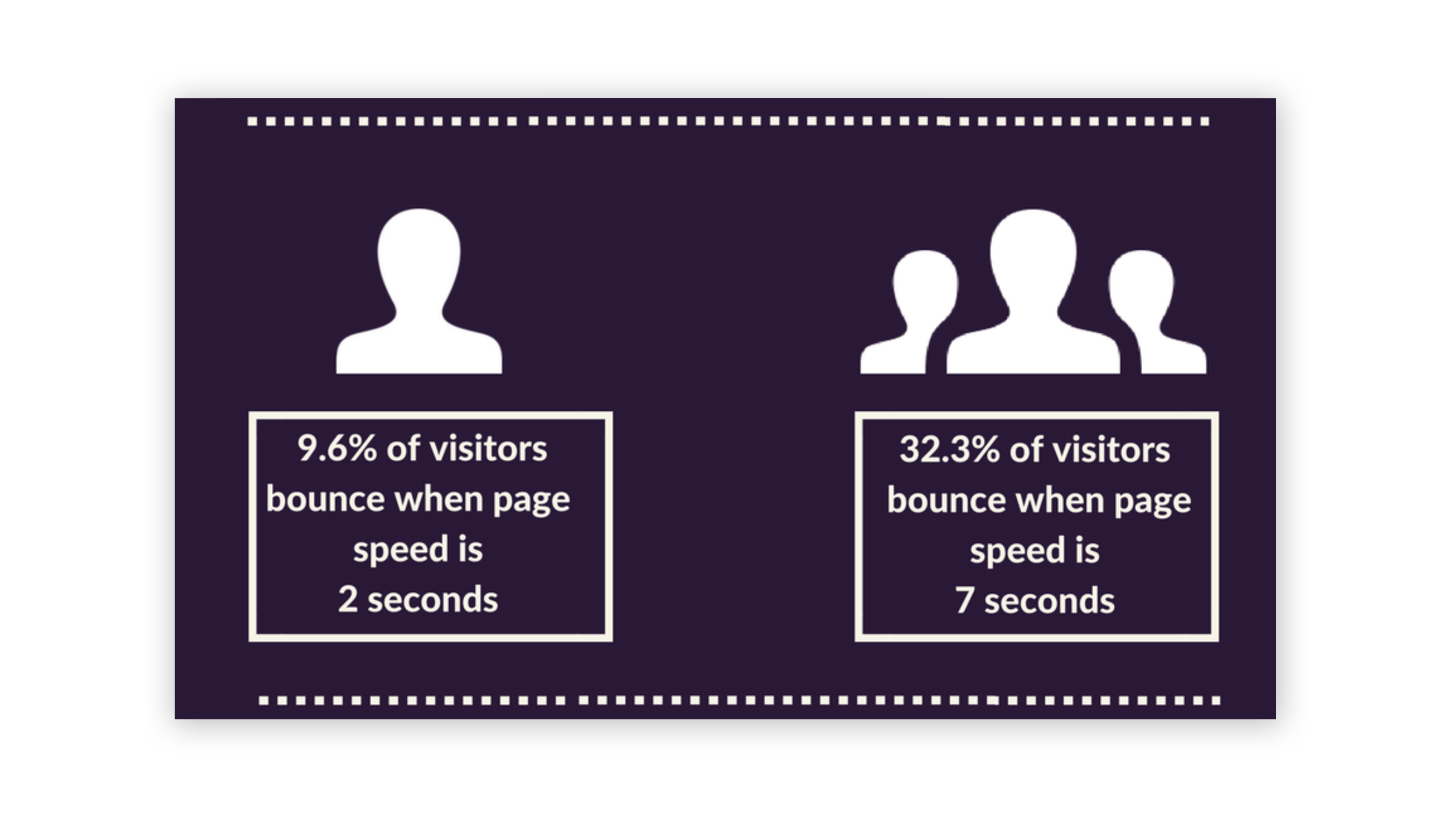
Your website’s loading speed could be a HUGE pain point for your eCommerce business.
The longer it takes for your website to load, the higher the chance that customers will abandon you and go looking elsewhere for a similar product.
One survey from Unbounce revealed that 70% of online shoppers put fast loading speeds at the top of the list of expectations for online retailers.
Most online shoppers expect a website to load in less than three seconds.
For every additional second customers have to wait, the bounce rate (percentage of users who click away from the webpage) increases exponentially.
You can check your page load speed with Google Analytics for information about which pages on your site load slower than others. You can also use other third-party sites to test your speed, like WebPageTest or Pingdom.
Below are a few of the most effective ways to increase your website’s loading speed:
Compress Large Files – Large HTML, CSS, and JavaScript files take up a lot of space and add time to a page's loading speed. There are multiple online tools you can use to compress these files, which will help your web pages load faster.
Minifying Code – Minification means removing unnecessary characters from HTML, CSS, and JavaScript file names. Doing so will reduce load times without changing the way the resource is processed. There are online tools that can help you complete this process as well, such as HTML Minifier or CSSNano.
Optimize Images – Of course, you want to use eye-catching imagery and quality photos to display your products, but including too many files like these will greatly reduce your page load speeds. JPEGS and WebP files are probably the best choices. You can use online tools to compress your images, which will drastically reduce the amount of time it takes for them to load.
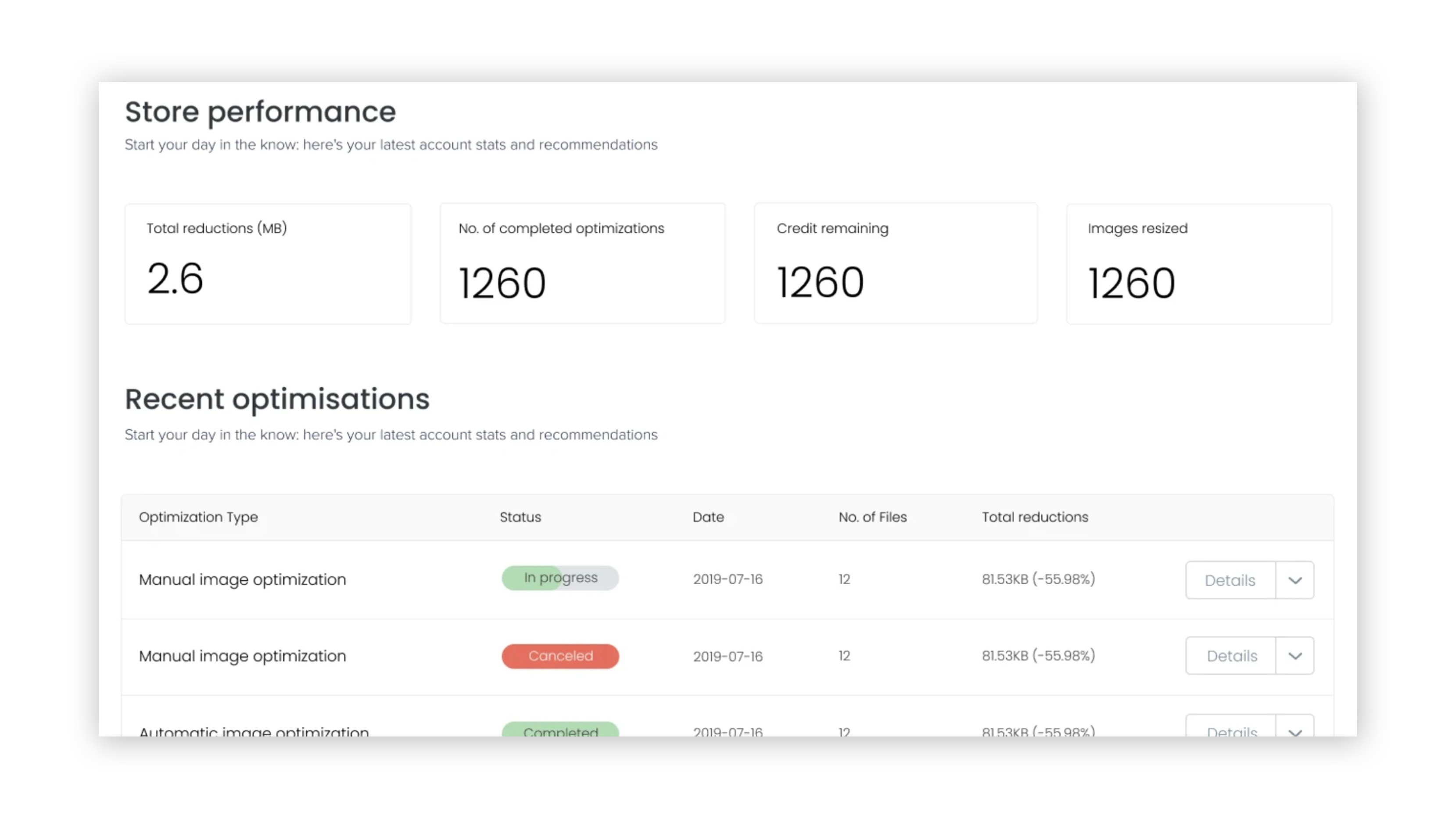
Reduce the Number of Redirects – A redirect is used to send visitors to the right location. They are often used when old pages are deleted or information changes. Plugins, security certificates, and outdated webpage hosting information can contribute to the number of redirects your customers must wait for as well. Redirects mean longer processing speeds because each redirect requires precious seconds.
Choose the Right Hosting Provider – Your choice of web host will make a big difference in your final page loading speed. If you find that your loading speed is still slow, even after compressing images and files and minifying code, it might be time to consider a different web hosting service.
Cache Web Pages – Caching is a process that stores copies of the files from your site so that the time needed to load those files is greatly reduced. You can use plugins to cache specific files on your website.
Use Asynchronous Loading - Asynchronous loading means that all of the files on your website load simultaneously instead of one at a time. Choosing this method means faster loading times all across your website.
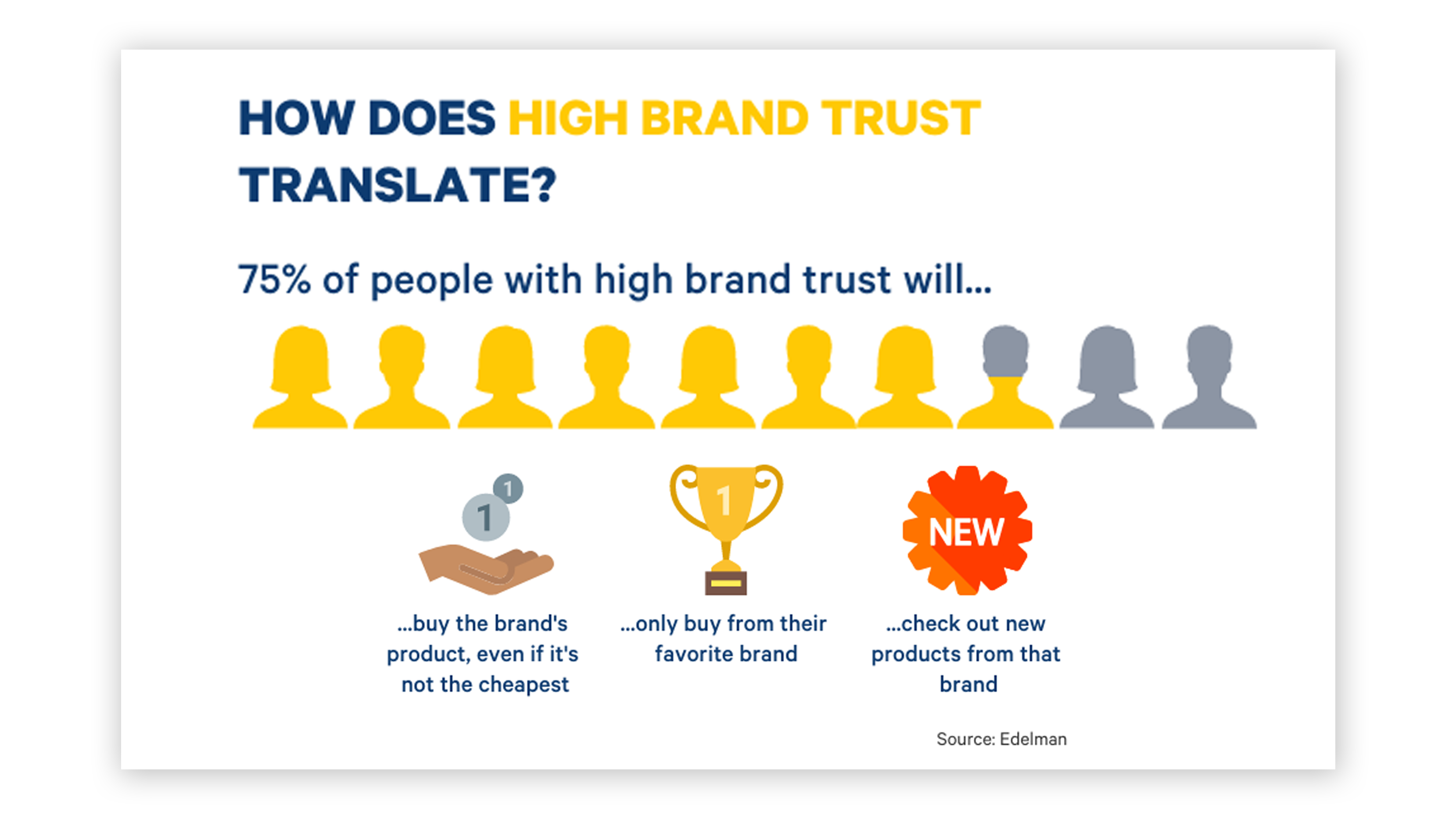
According to a survey from TechRepublic, 49% of consumers are concerned about their privacy and security, and a lack of trust is one of the main reasons they are hesitant about shopping online.
Building trust with customers is sometimes a difficult task, especially in the eCommerce industry. However, a lack of trust or authenticity from an online retailer is certainly one of the biggest eCommerce pain points for consumers, so finding ways to increase trust is vital to success.
There are lots of things that can add or subtract from your business's trustworthiness. Some of the most important factors to your customers are listed below.
A Great Website Design – First impressions are everything in retail, and the first thing customers will experience when visiting your eCommerce store is the website itself. If your website looks unprofessional, lacks cohesive branding, is unorganized or hard to operate, visitors will find it hard to take you seriously.
Prove your trustworthiness with badges – There are certain signals consumers will look for when visiting an eCommerce site. Including trust badges for customers to see proves to them that you have taken the necessary steps to protect their information and privacy throughout all steps of their buying journey.
Get an SSL Certificate – SSL is a website security standard that allows for the encryption of data between a customer's browser and the server. Customers can see when you have an SSL certificate in place directly in the URL bar, and most online shoppers won't even bother with an online retailer that is missing this piece of the security puzzle.
Include Customer Reviews – Most consumers trust the opinion of other customers more than they trust companies themselves. Including product reviews or testimonials from previous customers is a great way to show future buyers that you are a legitimate business and can be trusted.

Have a Clearly Defined Return Policy – One of the biggest ways to destroy trust with customers is to make it difficult or impossible to return products after purchase. Making sure you are upfront with the return policy will let customers know ahead of time that they will be able to return an item if they want to.
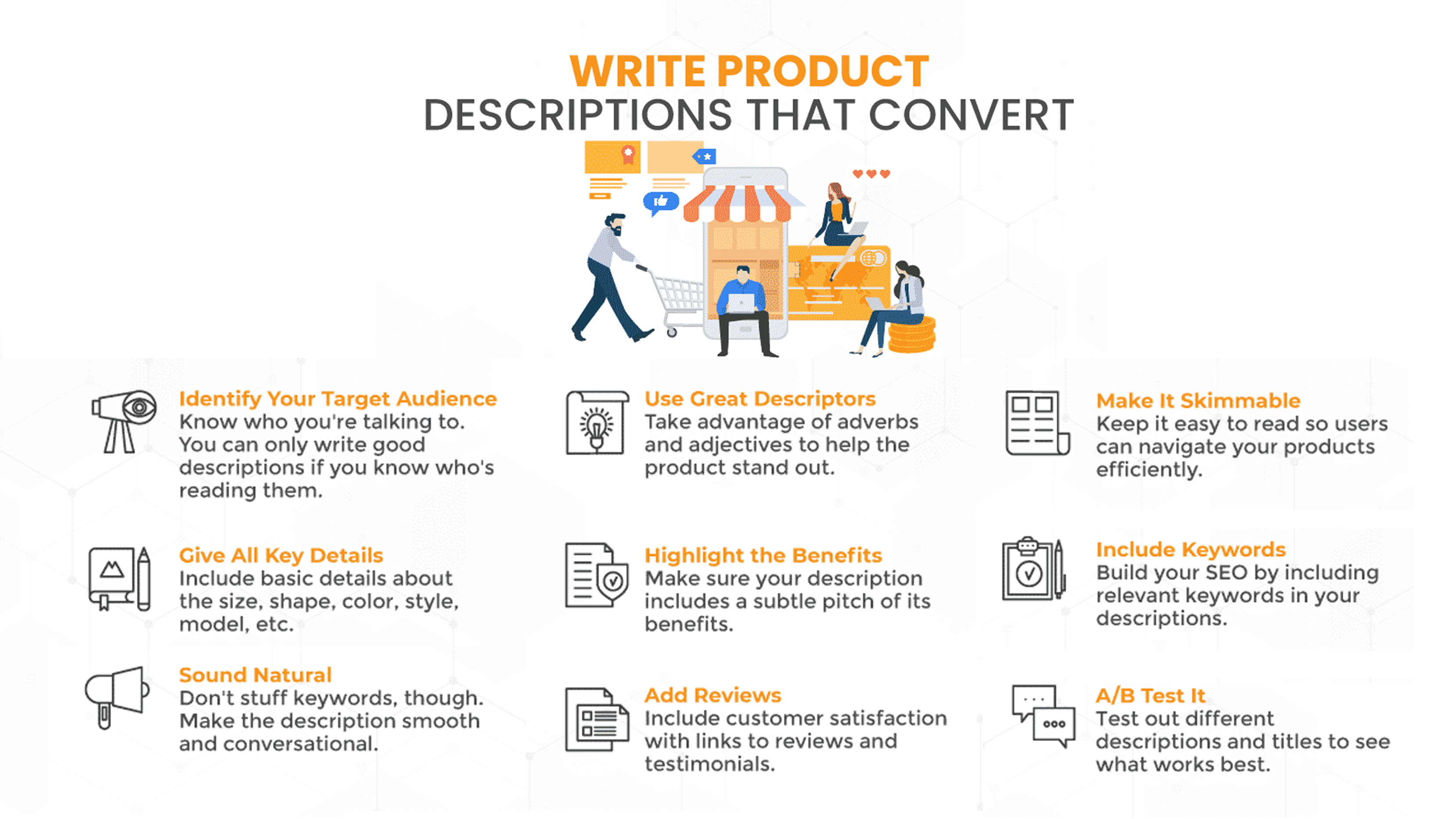
Online retailers rely on product images and text descriptions to sell their products, and when either of these two things is poorly put together, it can be a serious eCommerce pain point for your customers.
In a physical retail store, customers can interact with your products. They can pick them up, hold them in their hands, and turn them around. They can see the actual size and dimensions of an item. They can examine the quality, craftsmanship, and fit of an item before deciding to buy.
Ecommerce stores need to work very hard to replicate this experience in a digital space. The product description and images are the most important sections of an online retail store.
When done correctly, it provides all the information a customer needs to make an informed decision about a product, increases the trust they have in making a purchase, and decreases the likelihood of them being unsatisfied and requesting a return.
Here are some tips on how to create the most effective product pages:
Create a useful product title – The title of your product should be specific and direct so that customers can easily identify what they're looking at. Using carefully crafted product titles will also help shoppers find your products when searching online.
Use lots of high-quality images – Research shows that shoppers expect between 5 and 8 images per item when looking at a product online. Take lots of pictures from multiple angles. Play around with backgrounds and lighting to get the best results. And allow customers to zoom in on images in case they want a closer look.
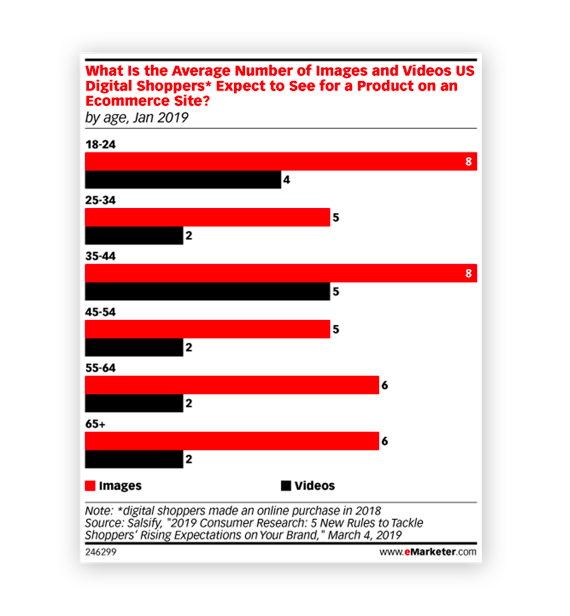
Other important inclusions on a product detail page are pricing, shipping and delivery information, specifics about return processes, sales and promotional details, and a relevant call-to-action. Carefully place these items on the page so they don't detract from the item itself but are still easy to find.
Create a Product Detail Page for Every Item – Don't rely on a catalog of items for sale all crammed together into one page. When a customer clicks on a product listing, it should direct them to a product detail page that is specific to that item. This is the page where customers can learn more about the item, see multiple images or even videos of the product in action, and read customer reviews of the product.
Create a Detailed Description – Consumers want as much information about a product as possible. But here's the rub – getting too in-depth or wordy will scare your customers away. You need to find a balance between informing your customers and overwhelming them.
Make sure you create a detailed description of each product that communicates the item's key features, benefits, and dimensions. Try to answer the most common questions people might have and include frequently searched keywords to help online browsers find what they're looking for.
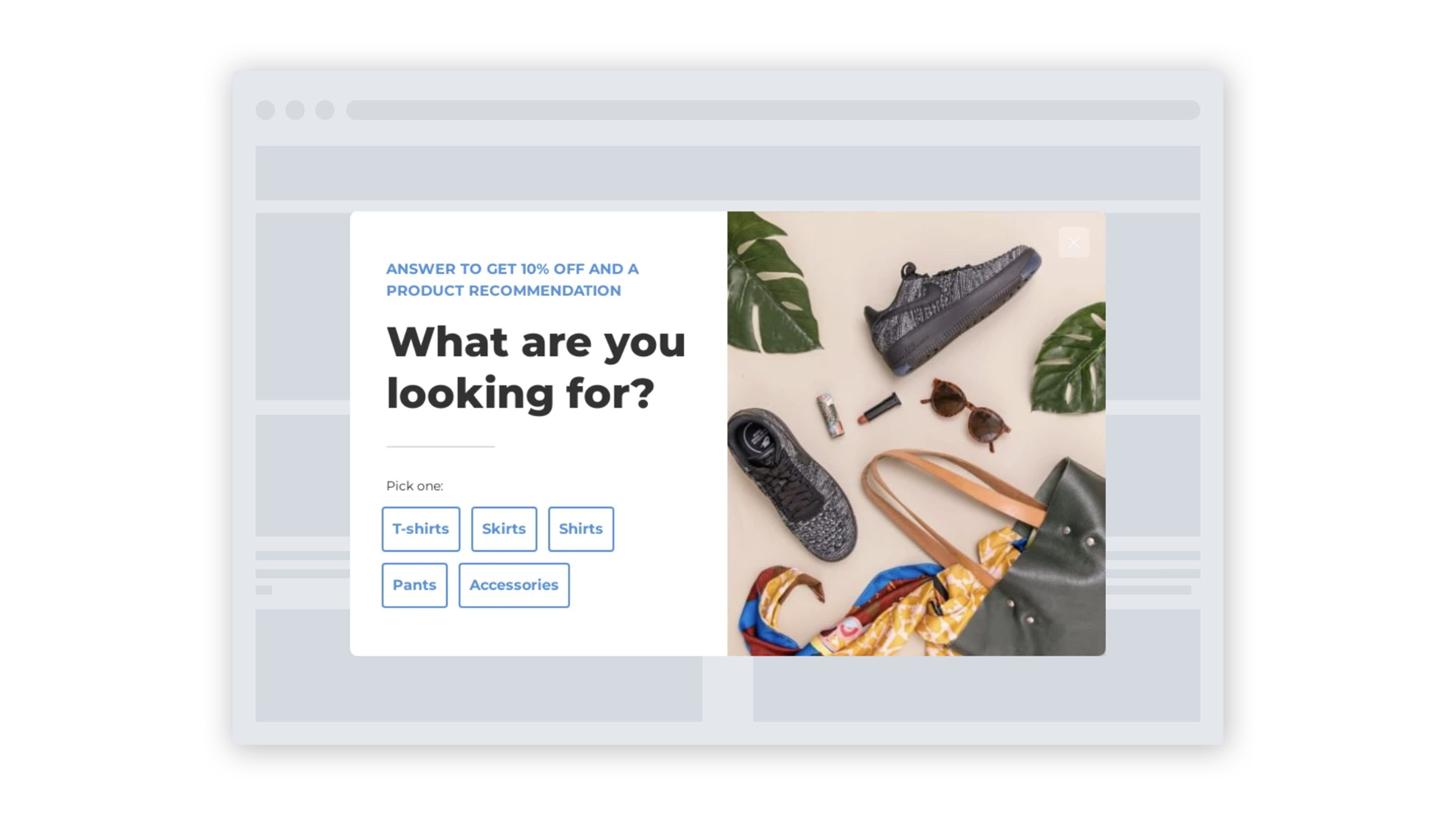
Setting up an online store is one thing but creating a loyal customer base takes a little more effort.
When online retailers put an effort into engaging with their customers, it makes them feel valued and appreciated. This is why 65% of eCommerce retailers say that personalizing the shopping experience to better engage with customers increases conversion rates.
So how can you better engage with customers to give them the confidence to purchase from your
Offer Loyalty Reward Programs or Incentives – 52% of customers expect more than your gratitude for their loyalty, especially when they have signed up for an account or added their name to your subscriber list. Send personalized offers directly to their inbox or mobile device to let customers know you appreciate their business and give them a reason to come back for more.

Build an Army of Account Holders – Research shows that 83% of consumers are willing to share their personal information if it means a more personalized shopping experience. Persuading customers to sign up for an account allows you access to details about your audience, including their contact information.
You can use that contact information to send personalized emails, text messages, or newsletters to your subscriber list. Using personalization and segmenting user lists greatly increases the effectiveness of these already powerful marketing channels.
Personalize the Shopping Experience – Use web cookies and previous purchase lists to suggest products or offerings that may interest customers directly from your website's homepage.
Gather Feedback – There are lots of ways to solicit feedback from your customers. You can use follow-up emails to learn more about how your customer feels about their shopping experience or offer questions to discover what kind of products your customers are browsing for most frequently.
You can even incentivize customers to offer feedback through emails by offering them a discount or free shipping in exchange for them completing a quick survey.

Studies show that 49% of shoppers will check the return policy before making any purchases.
A messy, lengthy, or difficult return process is a major pain point for any eCommerce customer. If returning a product takes too long or requires too much effort, customers are unlikely to purchase from you again, and might take their complaints to the public via social media channels.
The first step is to create a return policy that is clearly defined and easy to understand. This not only helps eliminate misunderstandings that could lead to a bad reputation, but increases the trust your customers have in your company.
Next, make sure your return policy is easy to find. Customers don’t want to go digging around in the fine print to figure out what the rules are.
Chances are that they won’t spend the time to figure out your return policy.
Including return policies and processes in an accessible page or an FAQ page is a great way to answer customers' concerns. You should also offer information about return policies directly on product detail pages, especially when dealing with an item that has return limitations.
Having a detailed and understandable return policy can save eCommerce stores a lot of money – in restocking fees, shipping costs, money lost to fraudsters, as well as, the hefty price of unhappy customers. For more tips on how to reduce the number of customer returns, as well as how to save money on your eCommerce shipping costs, check out this blog from BUKU.
There's a frequent saying in the retail industry that "the customers pay the bills.” There are a lot of considerations that eCommerce stores make daily, from deciding which products to sell to operational activities, marketing, and more. However, focusing on the customer experience and removing certain eCommerce pain points is one of the most important focuses online retailers should consider.
75% of companies report that improving the customer experience is their biggest objective, and there's a good reason for this statistic, especially among online retailers. Stiff competition from big retailers, like Amazon, and smaller retailers who sell similar products, can make turning a profit difficult.
When you focus on each customer and work to improve every single step along the buying journey, you will see an improvement across the board. Better conversions, more sales, higher revenues, and repeat business all follow an increase in customer satisfaction.

The supply chain is a term used to describe all the components required to transport goods from beginning to end, from production to the end...

A smart warehouse is a large building where raw materials and other consumer goods are stored using machines, computers, comprehensive software, and...
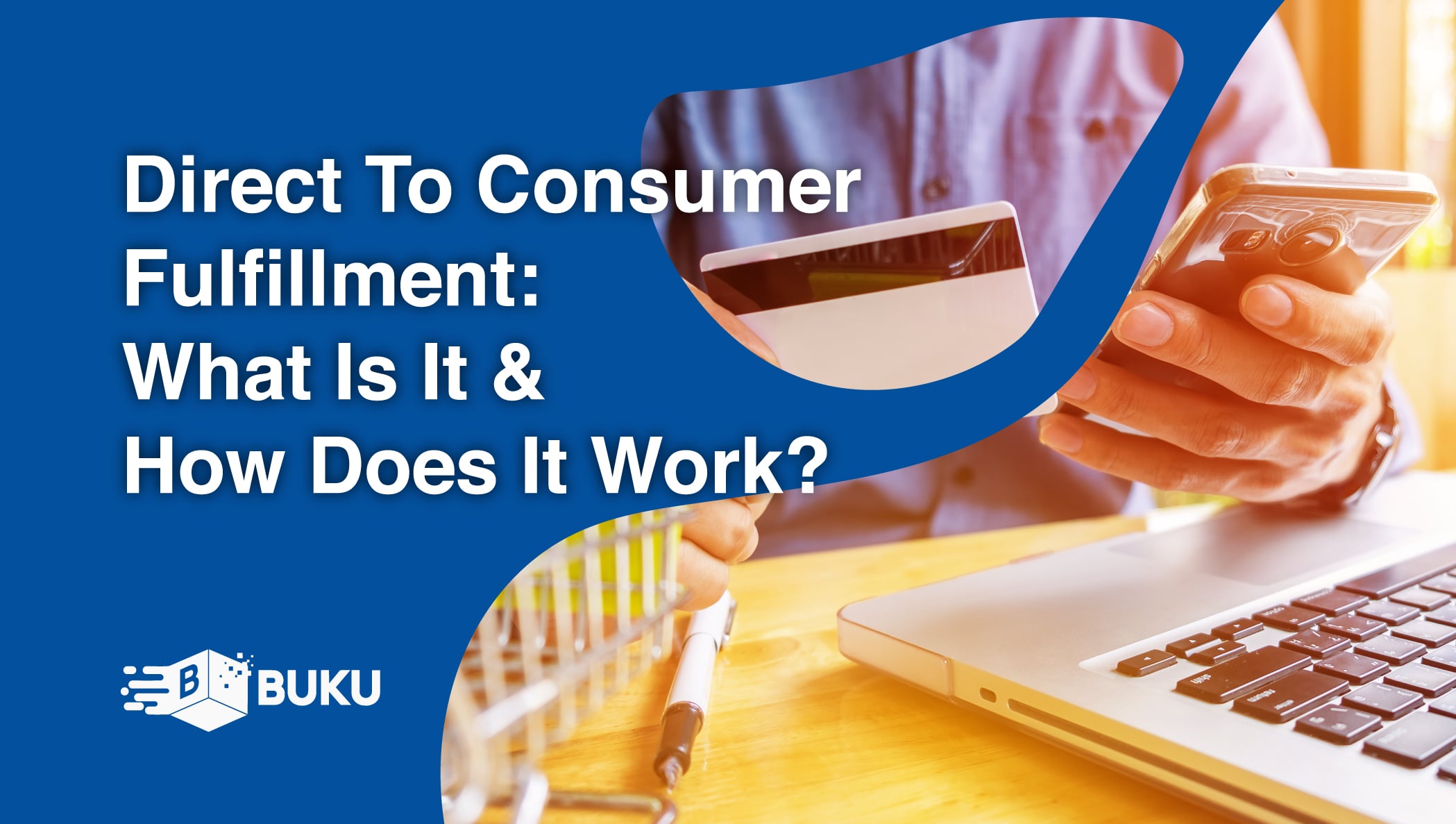
Direct-to-consumer (DTC) fulfillment is a strategy that helps brands sell and deliver their products directly to customers more efficiently while...